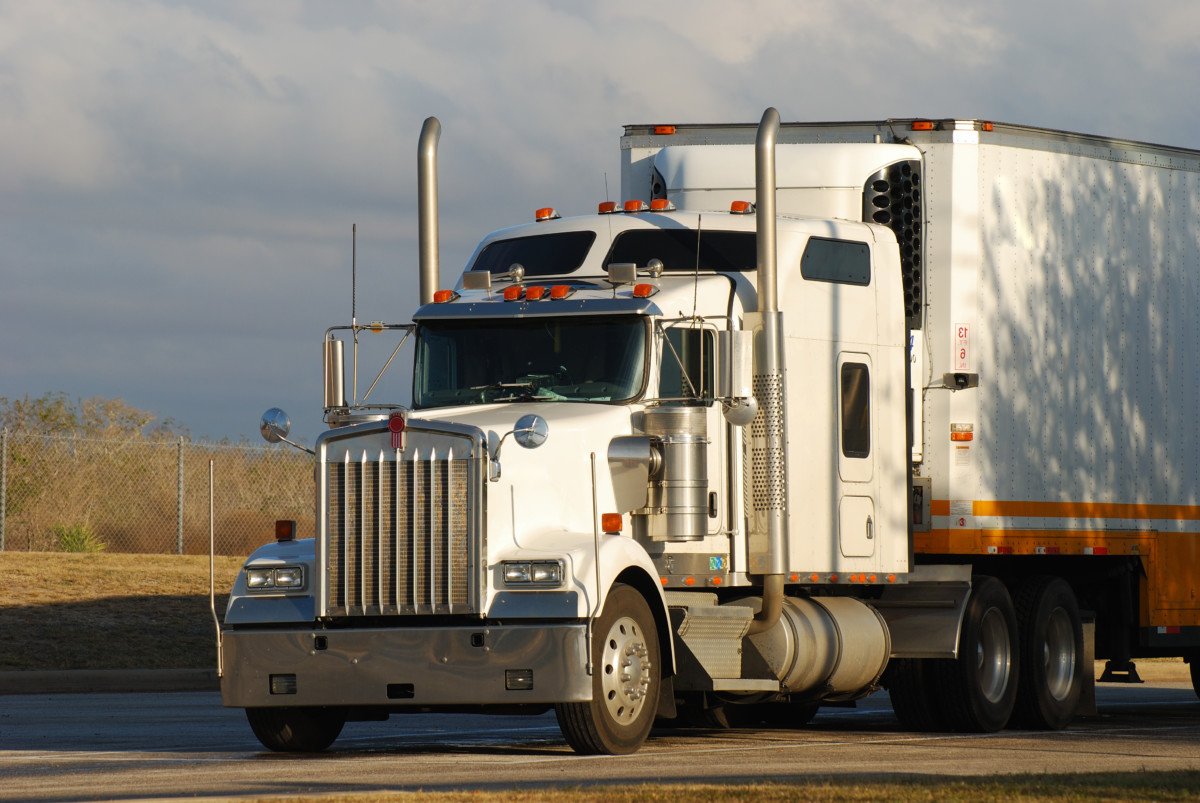OOIDA says harsh new EPA emissions standards will force smaller trucking companies out of work

On Tuesday, the U.S. Environmental Protection Agency (EPA) issued sweeping new final emissions standards for heavy-duty trucks starting in Model Year 2027.
EPA To Impose ‘Strongest-Ever” National Clean Air Standards
The EPA debuted a Final Rule on heavy-duty truck emissions standards on December 20.
The agency says that new emissions rules are the “strongest-ever national clean air standards” and “…are more than 80% stronger than current standards.”
The EPA’s action marks the first update to federal heavy duty truck emissions standards since 2001. The rule will go into effect 60 days after it is published in the Federal Register.
Starting no later than Model Year 2027, the EPA will now require that truck manufacturers comply with nitrogen oxide emissions standards that are over 80% below the current level.
From an EPA news release:
“Relative to current rules, the new standards are more than 80% stronger, increase useful life of governed vehicles by 1.5–2.5 times, and will yield emissions warranties that are 2.8–4.5 times longer. This final rule includes provisions for longer useful life and warranty periods. These provisions guarantee that as target vehicles age, they will continue to meet EPA’s more stringent emissions standards for a longer period of time. The rule also requires manufacturers to better ensure that vehicle engines and emission control systems work properly on the road. For example, manufacturers must demonstrate that engines are designed to prevent vehicle drivers from tampering with emission controls by limiting tamper-prone access to electronic pollution controls.“
Tuesday’s rule is the first step in the EPA’s three part Clean Trucks Plan. The EPA plans to release the next two Clean Trucks Plan steps “in the coming months.”
“EPA is taking significant action to protect public health, especially the health of 72 million people living near truck freight routes in America, including our most vulnerable populations in historically overburdened communities,” said EPA Administrator Michael S. Regan. “But we’re not stopping there. This is just the first action under EPA’s Clean Trucks Plan to pave the way toward a zero-emission future. These rigorous standards, coupled with historic investments from the Inflation Reduction Act and the Bipartisan Infrastructure Law, will accelerate President Biden’s ambitious agenda to overhaul the nation’s trucking fleet, deliver cleaner air, and protect people and the planet.”
Truckers Say New Emissions Standards Will Be Too Expensive For Small Companies To Bear
The new EPA rule has been met with concern from trucking trade groups like the Owner-Operator Independent Drivers Association (OOIDA), who say that smaller trucking companies will struggle to afford compliant commercial vehicles.
“If small business truckers can’t afford the new, compliant trucks, they’re going to stay with older, less efficient trucks, or leave the industry entirely. Once again, EPA has largely ignored the warnings and concerns raised by truckers in this latest rule,” said OOIDA President Todd Spencer.
The Truck and Engine Manufacturers Association (EMA) also warned about the cost of implementing the new emissions standards.
“While we are still in the process of reviewing the details of the newly published NOX emissions rule, it is clear the rule is very stringent and will be challenging to implement. Our members are fully committed to working with the EPA and other stakeholders for its successful implementation. Ultimately, the success or failure of this rule hinges on the willingness and ability of trucking fleets to invest in purchasing the new technology to replace their older, higher-emitting vehicles,” said EMA President Jed R. Mandel.